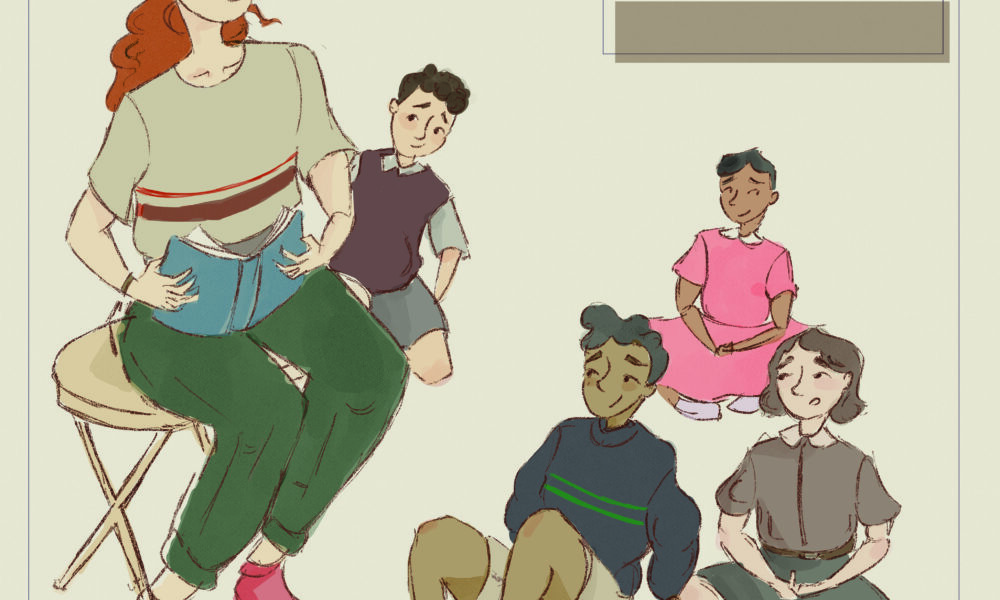Children diagnosed with autism spectrum disorder often have difficulty thriving in a modern education system that is not designed for their needs. Developing language skills, in particular, can be challenging for these children.
Between 6 to 21 per cent of children with autism have a syndrome called hyperlexia, where they demonstrate a strong interest in letters and words from a very young age and learn to decode what they are reading very quickly—but generally have trouble associating words with their meanings. Children with hyperlexia also have a harder time developing certain literacy skills—specifically reading comprehension—compared to neurotypical children.
Reading comprehension development typically relies on certain precursors such as phonological awareness, the ability to identify and manipulate sounds, and phoneme-grapheme correspondence, the ability to understand the relationship between letters and sounds. Dianne Macdonald, a lecturer at Concordia University and speech-language pathologist, seeks to investigate the importance of these precursors for children with autism.
“These kids are not taking the same route as typically developing kids, they are following their own pathway,” Macdonald said in an interview with The McGill Tribune. “They don’t need those precursors in order to read words like typically developing kids.”
Despite displaying a below-average ability in tasks related to common pre-reading skills, children with autism, both with and without hyperlexia, showed advanced word-reading abilities. Contrary to neurotypical children, these precursor abilities were not necessary for them to decode and read words.
According to the Simple View of Reading, a widely accepted theory in literacy research, reading comprehension results from a combination of decoding skills and language comprehension. Although children with hyperlexia display very strong decoding skills, they lack essential language comprehension skills—essentially, they need practice understanding what they can already read.
In a follow-up study, Macdonald and her team designed a tablet app intended to help bridge this comprehension gap. Based on the dual coding theory of literacy, the app pairs written words with their corresponding images. The key idea was to expose children to the concept that the words represented the accompanying pictures, to help them practice assigning meaning to words.
Children with autism, both with and without hyperlexia, as well as a control group of neurotypical children all showed increased listening comprehension following time with the app. In addition, those in the hyperlexic group showed a significant increase in reading comprehension. Although expressive language skills did not see improvement, Macdonald remains optimistic, noting that hyperlexic children’s receptive fluency improved, a skill that precedes expressive fluency.
“If we can start focussing on reading comprehension really early for them then […] they get into school potentially better prepared language-wise,” Macdonald said.
The results show promise for the efficacy of such early-age interventions. Many participating children actively enjoyed using the app, and some parents requested to have their child continue using it after the completion of the study.
Macdonald emphasizes that significant progress can be achieved by focussing on children’s strengths while tailoring interventions to fit their needs. By taking into account the skills and interests of children with autism, educators and parents can help them learn and grow in a positive environment.
“If we can find that sweet spot where we are incorporating the real talents [of kids with exceptionalities] and their interests and their strengths to support their challenges, I think that we can make really great gains,” Macdonald said.
Macdonald has made a web-based version of the app freely available online, and hopes parents and children will make use of the resource. She is currently looking to make the app open-source to allow other people to contribute and help tailor the app to more children’s needs.









